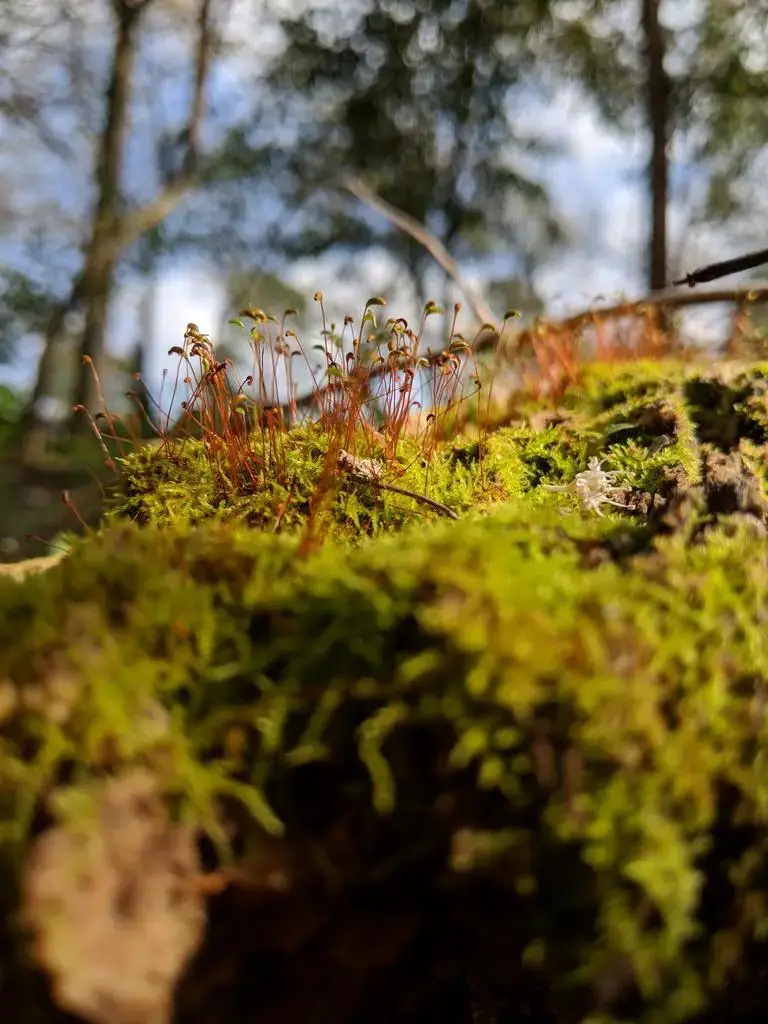
large.jpg from: https://www.inaturalist.org/observations/167023940
Exploring the Fascinating World of Isopterygium robustum Broth. Moss
Introduction
Mosses are often overlooked, but they play a vital role in many ecosystems around the world. One particularly interesting species is Isopterygium robustum Broth., a moss in the Taxiphyllaceae family. In this blog post, we’ll dive into the details of this fascinating plant.
Background
Isopterygium robustum Broth., also known simply as Isopterygium, is a species of moss belonging to the Bryophyta division and Bryopsida class. Mosses are non-vascular plants that lack true roots, stems, and leaves. Instead, they have leaf-like structures called phyllids that absorb water and nutrients.
Morphology and Identification
Isopterygium robustum Broth. has a distinctive appearance that sets it apart from other mosses. Its phyllids are ovate-lanceolate in shape and have a glossy, almost metallic sheen. The moss forms dense mats or cushions on its substrate. The seta (stalk) of the sporophyte capsule is reddish-brown and can reach up to 2 cm in length.
Global Distribution and Habitat
This moss species has a wide global distribution, found in tropical and subtropical regions of the Americas, Africa, and Asia. It typically grows on tree trunks, logs, and rocks in humid forests. The moss prefers shaded, moist environments where it can thrive.
Ecological Roles and Adaptations
Like other mosses, Isopterygium robustum Broth. plays important ecological roles:
- Helps retain moisture in its environment
- Provides habitat and shelter for small invertebrates
- Contributes to nutrient cycling by trapping and breaking down organic matter
The moss has several adaptations that allow it to succeed in its habitat:
- Dense growth form helps conserve moisture
- Phyllids have a waxy cuticle to prevent water loss
- Tolerates low light levels in shaded understory
Conclusion
Isopterygium robustum Broth. may be small, but it is a remarkable and important part of many ecosystems. Its unique morphology, wide distribution, and ecological roles make it a fascinating subject of study for botanists and moss enthusiasts alike. Next time you’re in a humid forest, keep an eye out for the glossy phyllids of this amazing moss! What other secrets of the miniature world of mosses have yet to be uncovered?